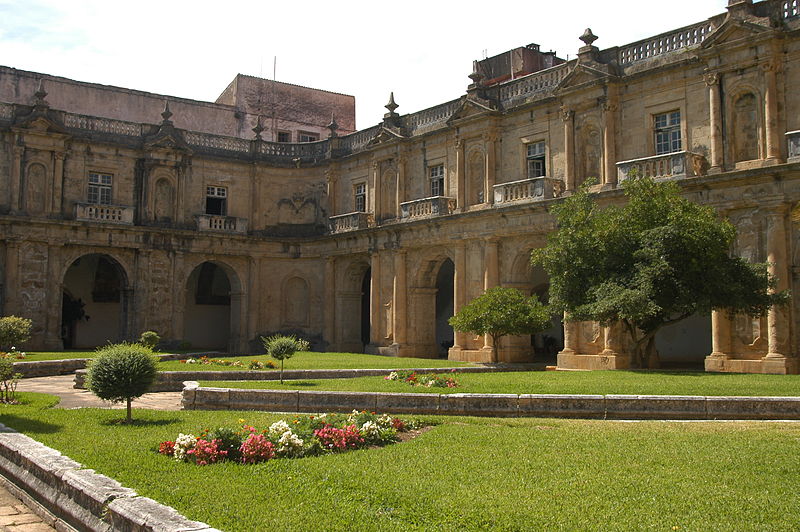
Monastery of Santa Clara-a-Nova
The Monastery of Santa Clara a Nova was built in 1649 on the left bank of the River Mondego, intended to provide shelter to the Clarissa nuns of the Convent of Santa Clara a Nova, following the plans drawn up by the chief Royal engineer and Professor at the University of Coimbra, Friar João Torriano.
In 1677, in a great procession from the former convent, Queen Santa Isabel’s remains were moved and placed in a silver tomb in the high altar.
The church was designed by the architect, Mateus do Couto. In the large apse at the top of the church, there is a polychrome statue of Santa Isabel, by Teixeira Lopes (19th-century).
The baroque gilded woodwork should also be noted, together with 18th-century paintings that allude to the life of the Holy Queen. Two fine Gothic tombs produced by the Oficina de Coimbra workshop, contain the mortal remains of the Infanta D. Isabel, daughter of King D. Afonso IV, and also the daughter of the Regent and Duke of Coimbra D. Pedro.
Other items of note include the silverware, the early-18th century row of 78 chairs in the choir, the carved woodwork altar pieces from Santa Clara a Velha, and mannerist paintings.
The Military Museum is contained in the baroque cloister, designed by the architect Carlos Mardel.